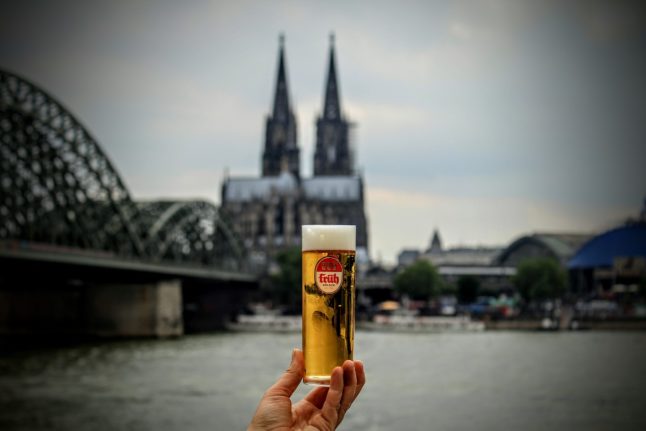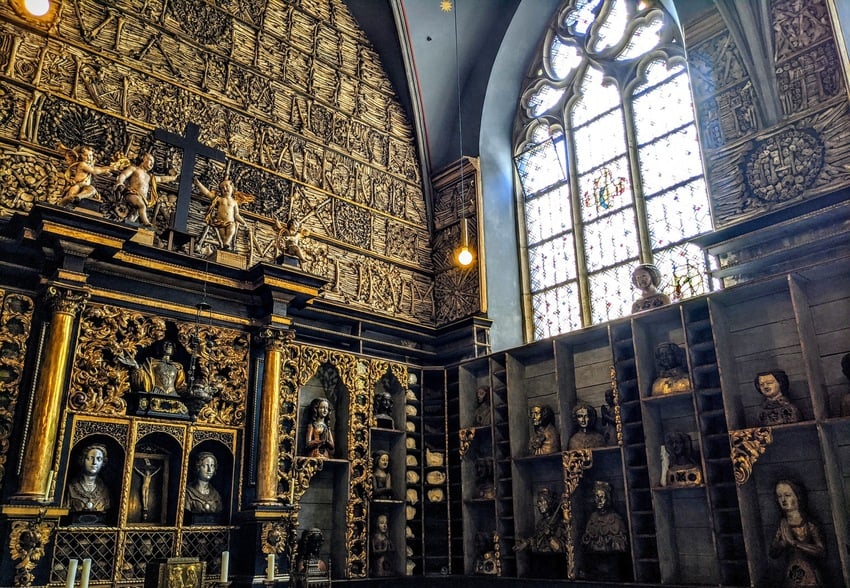At first glance, the densely populated Ruhr is an unlikely cultural hotspot. For decades, it was where Germany produced its steel and coal. But industrial decline has forced the Ruhr Valley's loose collection of 53 cities and towns to reinvent themselves.
Click here for a photo gallery of the Ruhr Valley.
Each year, the European Union selects cities to represent the continent's cultural heritage. Essen is the third German city to be crowned a European Capital of Culture after Berlin in 1988 and Weimar in 1999. But this is the first time an entire region has been awarded the title.
In recognition of the area's transition from grimy industrial heartland to a dynamic metropolis with 5.3 million inhabitants, the year of culture will stage upwards of 300 major projects and some 2,500 individual events over the course of the year.
Fritz Pleitgen, the head of RUHR.2010, has planned an eclectic mix aimed at encouraging the public’s participation, including a cultural day on a closed section of the A40 motorway.
The year-long event will also give the Ruhr Valley a chance to showcase its strong cultural heritage and resources including 19 universities, 100 concert houses, 120 theatres and over 200 museums and festivals.
The Local has selected some of the RUHR.2010 highlights:
Folkwang Museum
The renowned international art museum reopens in a new light-flooded exhibition building designed by the London architect David Chipperfield.
2010 exhibition highlights include:
— “The most beautiful museum in the world – The Folkwang Museum to 1933” reconstructs the museum’s spectacular pre-war art collection. Opens in March 2010.
— “Metropolitan Images – The Impressionists in Paris” pays tribute to the first metropolis in Europe in the 19th century. Opens in October 2010.
Odyssey Europe, opens February 27, 2010
Six of Europe’s leading dramatists rewrite Homer’s Odyssey for a theatrical marathon playing in six different theatres throughout the metropolitan area. Spectators are invited to travel from one theater to the next and take part in a symbolic “odyssey” of their own.
Biennale for International Light Art, March 28 – May 27, 2010
“Open light in private spaces” – that´s the slogan for the world’s first Biennale for International Light Art, opening in March. 60 works of light will be on display for two months in private homes and apartments in the eastern part of the Ruhr metropolis.
Partners of the biennale include the Centre for International Light Art in Unna, the world’s first and only museum for light art.
Ruhr Views, April 24 – October 24, 2010
A contemporary photography exhibition opens in April at the Zollverein coal mine in Essen. A total of 11 photographers will present their personal view of the Ruhr region in transformation. Visitors can view these and works by renowned photographers Andreas Gursky and Hilla Becher until October.
Shaft Signs, opens May 22, 2010
Hundreds of gigantic balloons will be simultaneously launched to a height of 80 metres for one week. The balloons will mark the locations of former coalmine shafts.
emscherKUNST.2010, opens May, 2010
An open-air art exhibition on the Emscher river island, featuring internationally known artists. The focus of this show is the Ruhr´s transformation in progress.
Ruhr Atoll, opens May, 2010
“Art is energy, energy is movement.” With these words, visitors are invited to hop in a pedal boat and explore the new Art islands on Lake Baldeney.
!SING – DAY OF SONG, June 4 – 5, 2010
A festival of a million voices, including Bobby McFerrin´s, the !SING song festival will wrap up with a performance by the largest choir ever to perform in Germany. 65,000 singers will give a final concert in the VELTINS Arena, Gelsenkirchen.
Theatre of the World 2010, July 1 – 18, 2010
The biggest international festival for performing arts in Germany is hosted this year by the city of Mülheim an der Ruhr in July. The festival explores global questions about arts, politics and identity.
Still Life A40, July 18, 2010
Ruhr.2010 invites you to come picnic on the highway. On July 18, 2010, the A-40 motorway will block traffic with a 60-kilometre banqueting table. Book one of the 20,000 individual tables for your own performance or party.
ExtraShift, June 19, 2010
Keep the shortest night of the year free this summer. A gigantic art and performance festival in 40 venues including former industrial sites will throw the longest party of the year.
Love Parade, summer 2010
One of the world’s largest open-air party events, don´t miss this celebration of contemporary street and party culture.
The Henze Project. New music for the metropolis, throughout the year 2010
An on-going homage to Hans Werner Henze, one of the world’s greatest living composers and pioneers of contemporary music will take place in different venues. The Henze Project covers Henze’s complete oeuvre including opera, ballet, orchestral music and chamber concerts.
MELEZ, autumn 2010
A festival of cultures to celebrate a subject of pride of the Ruhr metropolis – diversity.
For more information and daily highlights click here.






 Please whitelist us to continue reading.
Please whitelist us to continue reading.
Member comments